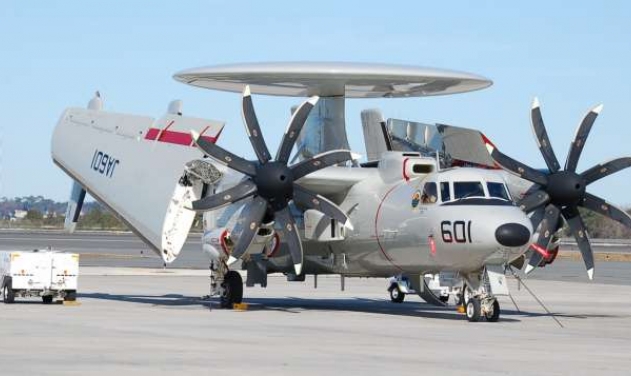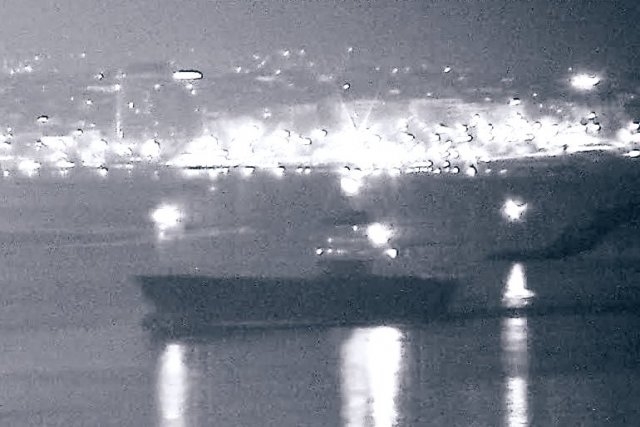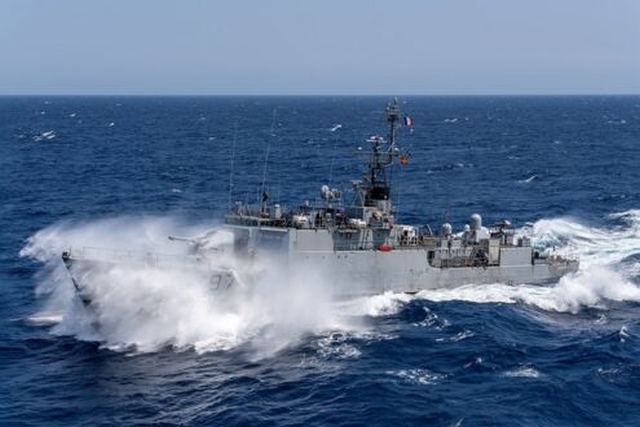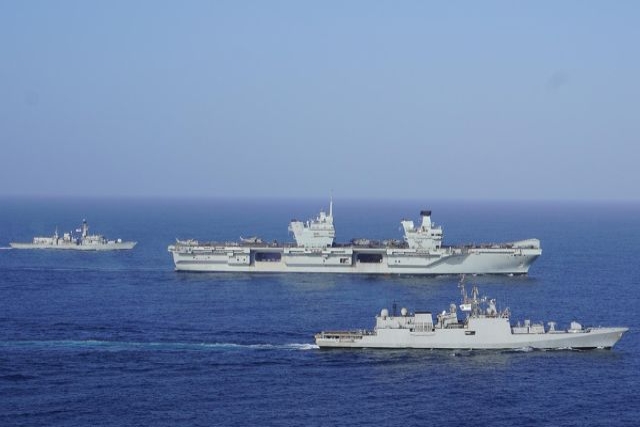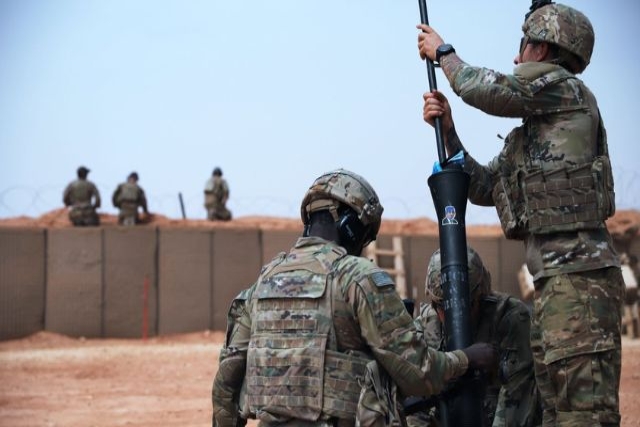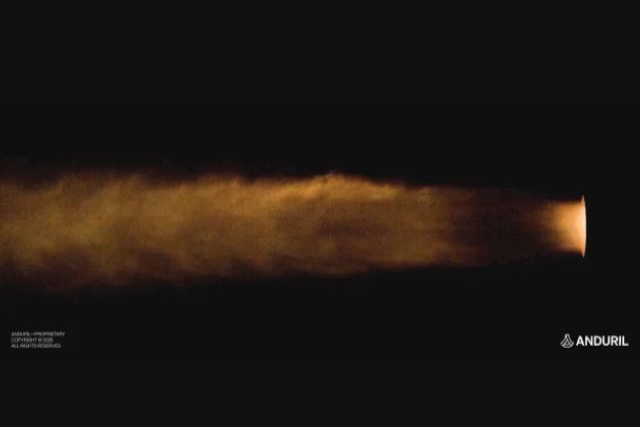Airbus to Maintain French Navy's Coastal Surveillance Systems
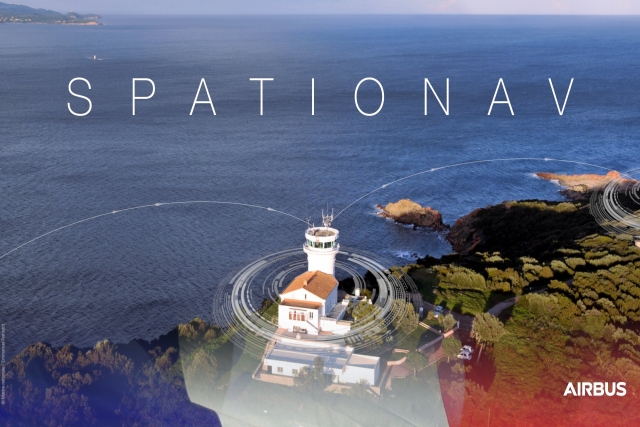
The French Navy has renewed the maintenance contract of its Coastal Surveillance System, SPATIONAV, with Airbus.
The SPATIONAV system has been built under the supervision of the DGA (French General Armament Directorate) for the program direction and the SSF (Service de Soutien de la Flotte) for the sustainment, to support the French authorities gather information, direct maritime surveillance and intervention at sea. The system provides them with a tactical picture of the maritime situation to prepare and conduct their respective operations related to maritime border protection, search and rescue missions, maritime navigation security, detection of illicit activities and environment protection.
Over 6000km of coasts are monitored by 750 French operators. It provides the French Navy and the main national administrations involved in state sea operations with a real-time surveillance system covering maritime approaches for mainland France and the French West Indies – Guiana zone. Thus, it constitutes a veritable multi-agency operation and command information system for the French Navy, the Coast Guards and the Customs.
SPATIONAV’s coastal Recognized Maritime Picture integrates over 10,000 real-time tracks thanks to a vast network of sensors spread over the French coasts (105 sites, 88 radars, 77 AIS stations and 8 equipped Falcons). In addition, the system integrates over 50,000 extra European and International tracks through a cyber secured gateway. The consolidated situation awareness is shared with the entire SPATIONAV community thereby optimizing missions at sea.
SPATIONAV is based on STYRIS Coastal Surveillance System (CSS). The solution associates core CSS functions as a real-time coastal Recognized Maritime Picture, 24/7 monitoring of areas of interest, advanced tracking and data fusion with some key features among which improved event management and advanced simulation capabilities to support decision making. Specifically, the solution supports operator decision by providing intuitive command and control tools to accelerate decision making and stakeholder coordination, to maintain operator focus and to reduce the workload.
